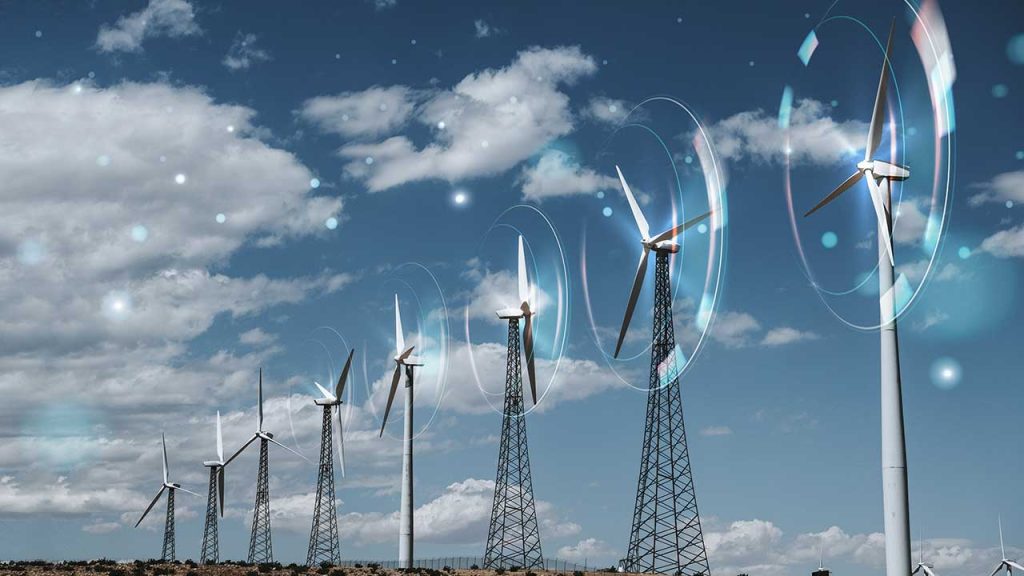From Static to Synchronized: The Emerging Role of Time-Aligned Data in Grid Innovation
As energy systems evolve into hyperconnected, data-driven ecosystems, a less talked-about—but rapidly growing—challenge is surfacing: temporal data alignment. In modern energy operations, it’s no longer just about having data; it’s about having the right data at the exact right time.
Why Synchronized Data Is Becoming Mission-Critical
Historically, energy operations relied on fixed-interval data—15-minute SCADA readings, hourly forecasts, and daily load curves. But the increasing complexity of today’s systems, driven by renewables, electrification, and edge intelligence, requires something fundamentally different: time-aligned, sub-second data from thousands of heterogeneous sources.
Without synchronization across assets—whether turbines, smart transformers, or battery systems—operators lose the ability to correlate cause and effect in real time. This temporal misalignment introduces blind spots that can derail everything from predictive maintenance to autonomous load balancing.
This need for synchronized context is especially vital in systems integrating high-frequency energy sources (like solar and wind) and variable-demand assets (like EV chargers or heat pumps). Delays or mismatches between data sources—even by milliseconds—can result in false alarms, bad optimization, or, in worst cases, cascading grid failures.
The Synchronized Edge: A New Architecture
A new architecture is quietly taking hold in advanced energy operations—an architecture built on time-synchronized edge nodes. These nodes don’t just gather and relay information; they:
- Timestamp data down to microseconds using precision clocks (e.g., GPS or IEEE 1588 PTP),
- Run local analytics to reduce noise and prioritize relevant patterns,
- Stream only the enriched, aligned data to central platforms for deeper analysis.
By pre-processing data at the edge and ensuring it’s time-aligned before entering the cloud, operators reduce the burden on centralized systems while improving fidelity and response time. In one example cited during IIoT World Energy Day 2025, a pumped hydro facility processed 1.8 billion sensor values daily—using synchronized data windows to detect deviations in mechanical performance before they impacted generation output.
Dynamic Modeling, Now Powered by Time-Stamped Data
One of the biggest downstream benefits of synchronized data is the improvement of dynamic models used in grid simulations, asset health monitoring, and energy arbitrage. These models—historically trained on coarse, unsynchronized data—can now incorporate time-coherent streams to:
- More accurately simulate cascading effects across the grid,
- Train AI models that account for the true physics of interdependent systems,
- Automate micro-decisions, like when to initiate demand response, start a battery cycle, or shed load.
Without synchronized input, models may falsely attribute changes to the wrong source. With it, they become predictive rather than reactive.
Real-Time Is Not Enough—It Must Be Aligned
This shift reframes a popular misconception: real-time data alone does not equate to actionable intelligence. High-speed, asynchronous streams may still lead to “data chaos” if they can’t be correlated in context. Precision timestamps, paired with high-resolution monitoring, allow for a shared temporal reality across thousands of devices—a foundational layer for autonomous operations.
It’s why the industry is beginning to move beyond “low latency” as the primary metric, and toward time coherency—the ability to analyze cause-effect relationships across spatially distributed assets, with absolute clock consistency.
Looking Ahead: Standardizing Time
As synchronized operations scale, there’s growing interest in standardizing time-aware protocols across grid infrastructure:
- Time-Sensitive Networking (TSN) is being evaluated as a foundation for deterministic communication across substations and DERs.
- OPC UA with time extensions is emerging as a favored protocol for context-rich, timestamped data exchange.
- Unified time standards across public and private energy networks are being explored, especially in the context of cyber-resilience and blackout prevention.
This convergence of OT, IT, and timing precision points toward a future where temporal integrity becomes as important as data accuracy or security.
The Grid as a Time Machine
In energy’s next chapter, time will be treated as a first-class citizen. Synchronization—down to microseconds—will enable smarter decisions, faster responses, and more resilient systems. The industry’s quiet shift from static data collection to synchronized insight is already underway, and it will define the success of digitalization efforts across utilities, grid operators, and energy-intensive industries.
As one clear trend from IIoT World Energy Day 2025 revealed, in tomorrow’s grid, seconds won’t just matter—they’ll need to match.
Insights synthesized from the IIoT World Energy Day 2025 session “Seconds Matter: Real-Time Decisions for Smarter Energy Systems,” sponsored by CrateDB.
Related articles:
